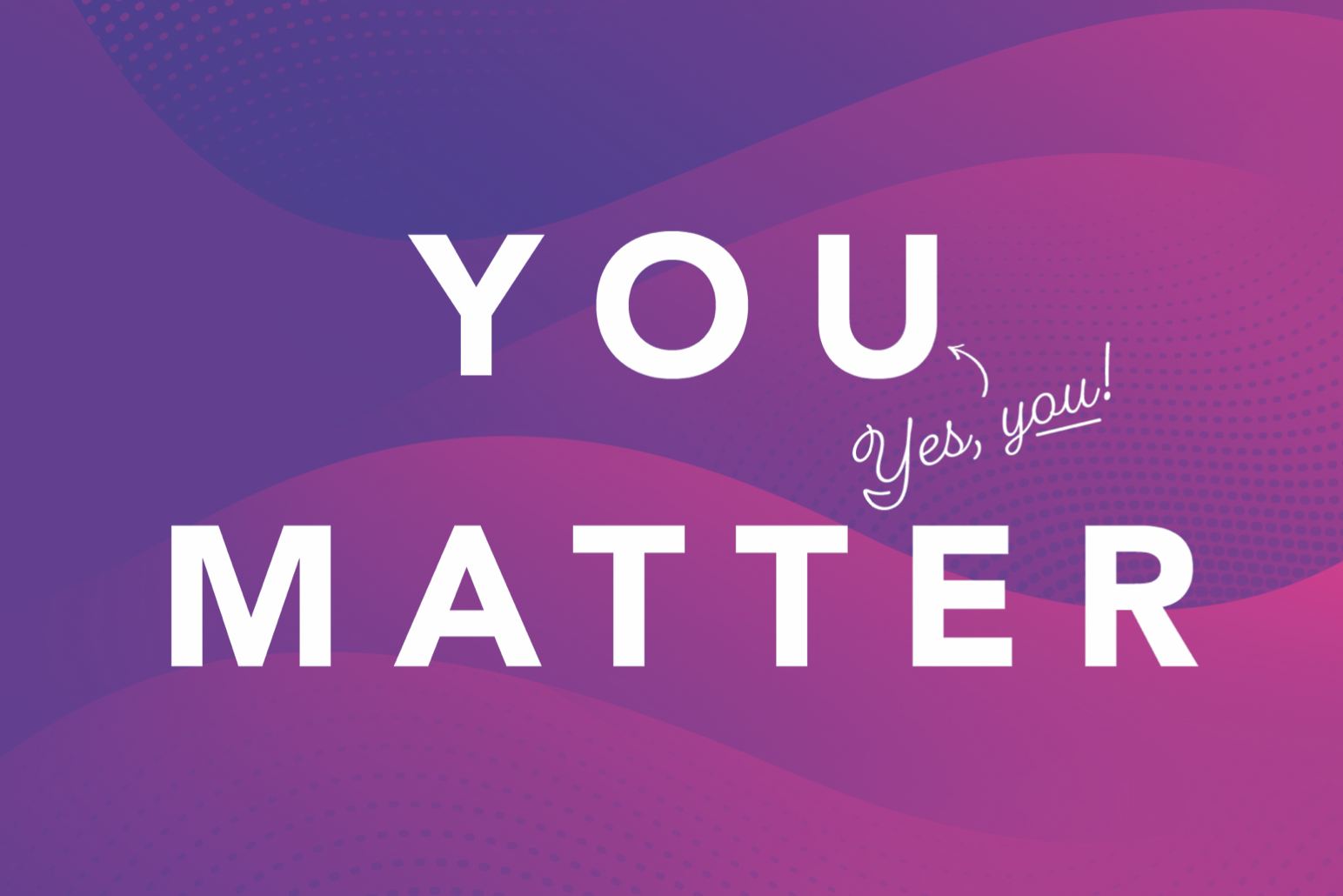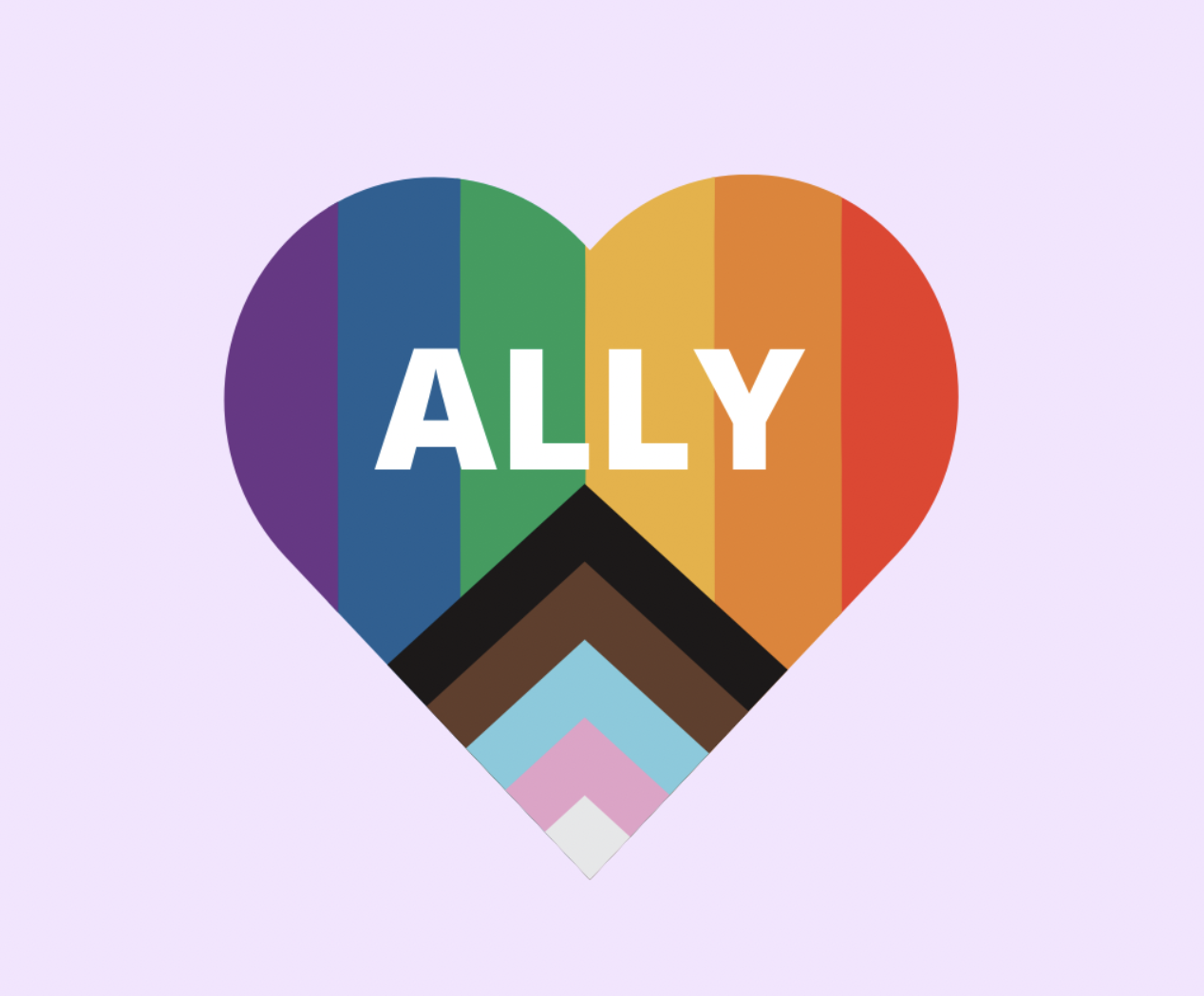I was scrolling through Facebook on a Thursday night in March. After having a particularly tough day, I found myself endlessly scrolling, giving my brain permission to focus on something mindless. An event popped up on my News Feed that caught my eye – “Queer & Counting: An LGBTQ Art Show.”
I clicked on the event to get more information, and then I stumbled upon the event host’s bio: “Emma Maloney is a 20-something queer Muslim based out of the Wyoming Valley. An activist and blogger, she has a passion for advocating nonviolence, sex positivity, and social justice.” Immediately, I felt compelled to send Emma a message. I knew that she was someone that I should meet. She was gracious enough to meet me for coffee to tell me more about herself, her activism, and, of course, her upcoming art show.
In getting to know each other, Emma and I had a lot to talk about; we discussed everything from growing up in Northeast Pennsylvania and our passions and inspirations, to sexuality and religion.
Emma shared with me, “I am queer. I am asexual. I am a panromantic demisexual. I am polyamorous.”
She also shared that he converted to Islam in 2011 after discovering the Quran in his college’s library. Of course, it is no secret that identifying as LGBTQ+ is often viewed negatively when placed in the context of many organized religious institutions, so I asked the question: How difficult is being a queer Muslim?
The answer is probably what you would expect: It has not been an easy journey.
Emma was reluctant to disclose his sexuality or his faith to the larger community for a number of years. I said, “Emma, you essentially had to come out not once, but twice.”
She agreed. It can be a scary, nerve-wracking thing to be honest about being “different” from the majority, especially when you live in a small, fairly conservative community. But, Emma was brave enough to come out.
Needless to say, there are plenty of LGBTQ+ folks, despite being out or closeted, that demonstrate bravery in different ways each and every day. For some people, walking into work each day is brave. For others, attending a family gathering with their significant other is brave. On some days, even getting out of bed can be brave.
Emma has taken bravery to the next level by choosing to lead a life of activism. When I asked Emma what made her want to be an activist, Emma credited Malala Yousafzai, the now 20-year-old woman from Pakistan who has been an advocate for girls’ education for almost a decade, as one of her biggest inspirations to speak out for others. After surviving an assassination attempt in October 2012, Malala went on to become the youngest recipient of the Nobel Peace Prize in 2014, and continues to be an international advocate for children’s rights and female empowerment.
Emma channels her inner Malala as a local public figure, fearlessly speaking out on behalf of both the LGBTQ+ community, as well as the Muslim community. She blended her passions to create “Queer & Counting: An LGBTQ Art Show.” The art show, which is the first of many events in his Pride Month series called #queerNEPA, will be the first event that Emma is hosting totally out, proud to be his most authentic self.
Of all the events to choose to organize, Emma explained why she chose an LGBTQ+ art show.
“I wanted to bring some fun, meaningful, and unapologetically queer events to Northeastern Pennsylvania,” she said. “I also wanted to call out the many ugly forms of hatred and oppression. I have always been a fan of the arts. It’s captivating the way artists can encapsulate emotions (like love, lust, and loss), identity, and connect these things together to social justice issues.”
Emma went on to explain that proceeds from the event would benefit the National Black Justice Coalition (NBJC), a civil rights organization dedicated to the empowerment of black LGBTQ+ people and individuals living with HIV/AIDS, as well as ending racism, homophobia, and LGBTQ+ bias and stigma.
Fast-forward to June 1, 2018. Co-hosted by Scranton Zinefest and local artist and community organizer Jess Meoni, “Queer & Counting” was a major success. Upon walking in to the art show, there was only one word to describe the feeling that encapsulates the entire event: community.
Emma was at a table at the front of the venue greeting guests and distributing rainbow heart stickers, and there was art from wall to wall. Regardless of gender identity or sexual orientation, everyone was welcome, and everyone was wearing a rainbow sticker to show their support for the LGBTQ+ community. I had a chance to meet many of the LGBTQ+ artists who were showcasing their work at the event, and talked to artists who were openly gay, closeted, outspoken LGBTQ+ advocates, and straight allies.
One artist whose work truly struck me was Gossamer Rozen. As a transgender, gender non-binary, biracial person of color, their work is deeply personal and touches on intimacy and self-actualization. They use art as a way to cope with their own emotions, and as a way to get difficult thoughts out of their mind and onto paper.
Gossamer discussed their journey in the LGBTQ+ community:
“After numerous therapists and case workers, medications, medication withdrawals, and hospitalizations, we finally understood that I was suffering from gender dysphoria – the condition of feeling one’s emotional and psychological identity as male or female (or otherwise) to be different from one’s biological sex,” they said. “After my formal diagnosis in 2014, I spent several years with the help of the Mazzoni Center in Philadelphia, Pa., and my local psychiatrists, psychologists, and primary care to become grounded in my body. It’s taken me some time to ‘come out’ and be a part of the LGBTQIA+ community. For example, this is my first year since transitioning to sell my work and truly ‘come out’ in public as the artist behind it all.”
I noticed a bit of a trend. Both Gossamer and Emma decided to come out this year. So why come out now? They both gave a very similar answer – it was time.
Gossamer felt the urge to “be a bigger part of the world” going on around them, while Emma said that the tumultuous social and political climate gave him the push he needed to come out publicly. Despite how hard the journey to being open and honest has been, Emma said, “I’m happy to be me, even if I experience homophobia, depression, and anxiety.”
I asked a few people what Pride Month means to them, and their responses were profound.
Gossamer said, “It’s a time where I can recognize that I can accept myself, I can love myself, and I can cherish who I am, and who I want to be. Most importantly, it’s a time for us to celebrate and mourn those who are no longer on this journey with us due to bigotry and hate. It’s a time for the world to focus on the fight we’re fighting every day.”
Like Gossamer, Cloud Bembenek also showcased his work with the Scranton Zinefest.
As an LGBTQ+ ally, Cloud said that he believes Pride Month is an opportunity for LGBTQ+ voices to be amplified.
“I think it’s wonderful that the LGBTQ+ community gets to have a more of a platform and is able to reach out to others who may be struggling,” he said.
For Emma, Pride Month is a time to remember all those who fought tirelessly to advance the LGBTQ+ community.
“Pride Month, to me, means remembering the legacy of queer rights pioneers like Sylvia Rivera, Bayard Rustin, Marsha P. Johnson, Harvey Milk, Ruth Charlotte Ellis, and countless others that paved the way for us to get where we are today,” she said. “We still have much work to be done, so we must keep fighting for our rights. We also need LGBT+ allies to show their support if we are going to move forward.”
All of this got me thinking, what does Pride Month mean to me? Of course, it provides a clear platform to help further social change and progress. It is a time of true visibility for the LGBTQ+ community. It celebrates how far the world has come, and serves as a beacon of hope of what could be. But, I think it really boils down to one thing: love. It is a time to wholeheartedly embrace all love, both of others and of self. After all, love does not have a gender, race, or religion. Today and every day, love is love.
I think Emma said it best: “Be unapologetically queer. Dance from the glitter covered ceiling and love yourself.”
Be proud, and love yourself.
If you or someone you know is struggling with their sexual identity, anxiety, depression, or suicidal thoughts, please contact any of these resources below at their toll-free number:
- The Trevor Project: 866-488-7386
- Live Out Loud: 212-378-4091
- Trans Lifeline: 877-565-8860
- National Suicide Prevention Lifeline: 800-273-8255



















